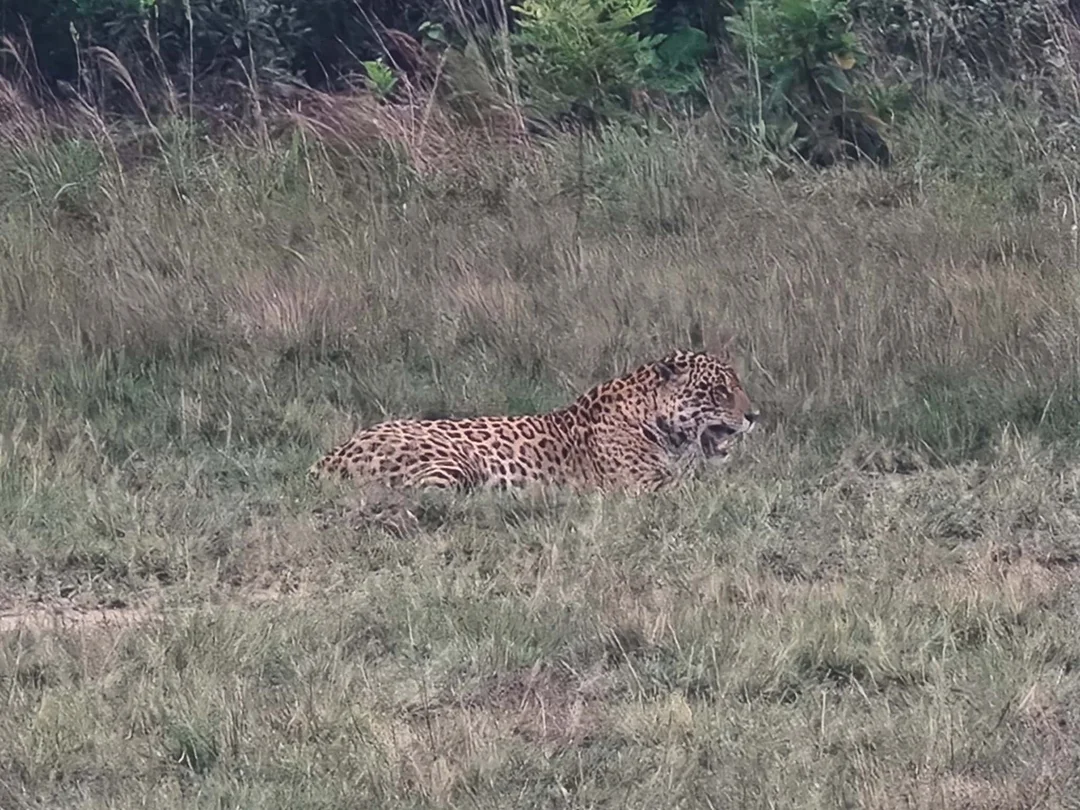
Connecting Jaguars: A Bold Move in Argentina’s Conservation Efforts
In an ambitious stride toward wildlife conservation, wildlife managers in Argentina have begun collaring jaguars in the newly established El Impenetrable National Park. This initiative is crucial not only for the preservation of these magnificent creatures but also for improving ecological connectivity with surrounding regions in Bolivia, Brazil, and Paraguay.

Opened to visitors just eight years ago, El Impenetrable National Park is situated in the Gran Chaco, the second-largest forest in South America. Unfortunately, this rich ecosystem has endured severe pressure from poaching and deforestation, resulting in a significant decline in wildlife populations. In response, conservationists are implementing innovative strategies to combat this crisis and enhance the connectivity between El Impenetrable and neighboring areas, such as Iberá National Park and the Formosa Nature Preserve.
The ongoing collaring efforts commenced with the successful capture of three male jaguars, with the latest addition being a noteworthy case. The wildlife managers first spotted this male jaguar while it was in the Formosa region back in 2022. After naturally dispersing to El Impenetrable, the animal was then collared to monitor its movements and habits. Additionally, two female jaguars have been introduced to bolster the population and allow for genetic diversity within the park.
This project reflects the growing understanding that wildlife conservation is not just about protecting isolated habitats but about creating networks that enable species to thrive across wider landscapes. By facilitating movement between countries, these initiatives can significantly improve genetic diversity and resilience among jaguar populations. As conservationists strive to stitch together these fragmented habitats, their work could very well set a precedent for future wildlife initiatives throughout South America.
As we witness these efforts unfold, one must reflect on the complexities and challenges that lie ahead. Will the connection of jaguar populations lead to a broader resurgence of wildlife in the region? The future remains uncertain, but the ongoing commitment to connecting these incredible cats presents a hopeful scenario for both the jaguars and the ecosystems that depend on them.
What are your thoughts about this conservation initiative? Do you believe connecting wildlife populations is essential to preserving biodiversity? Feel free to share your insights and engage in the conversation!